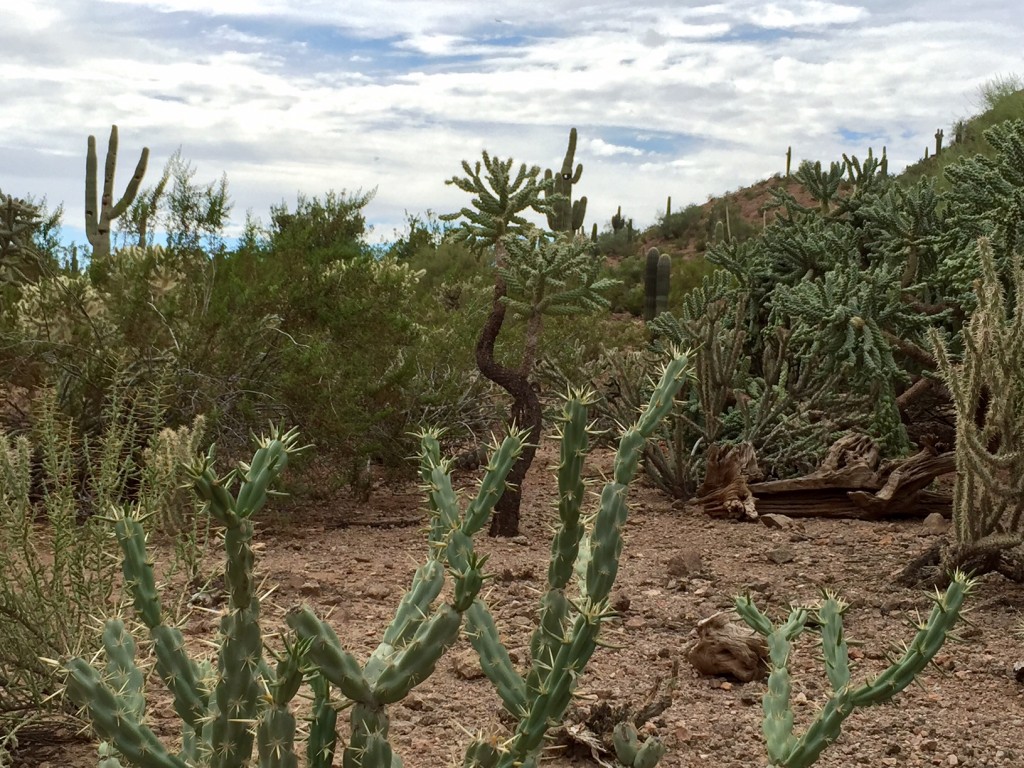Grazing in the Deserts of Mexico
Posted in Horticulture on December 8 2014, by Christian Primeau
Christian Primeau is the NYBG‘s Manager of the Enid A. Haupt Conservatory.

Winter is suddenly upon us and, as the temperatures plummet and the city braces for the inevitable snow and ice, many will find their way to the garden’s iconic Enid A. Haupt Conservatory to decompress, take a leisurely stroll among the lush, tropical foliage, and escape the bitter cold. Some, perhaps inspired by the lowland rain forest houses or the desert displays, will jet off to warmer climes. While I freely admit that I already work in paradise, it’s nice to get out and see some of my plants in habitat now and again.
I recently took an exploratory trip through the Sonoran desert of Mexico and into Arizona. By design I made no specific plans and, like a slightly less profane version of Anthony Bourdain, I had “No Reservations.” From the dusty desert proper through the dense Chaparral shrubland and semi-arid grasslands of Arizona, much of the area ranges in temperature from broiling hot to bone-chilling, depending on month and time of day. Here it was late October and still scorching with nary a cloud in the sky to provide respite.
The landscape is truly as beautiful as it is unforgiving, and the same may be said of the plant life. My arms and legs looked as if they’d been shredded by a tidal wave of furious cats; such were the hazards of botanizing in a region so thick with spiny inhabitants. I would later discover the name for a cowboy’s protective “chaps” was actually derived from the word “Chaparral”—an arid and prickly biome on the Sonoran desert’s northern border. One quickly discovers the Chaparral functions quite efficiently as human sandpaper.
